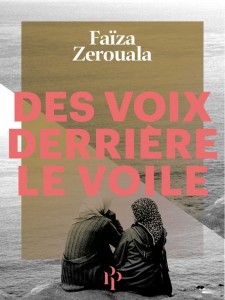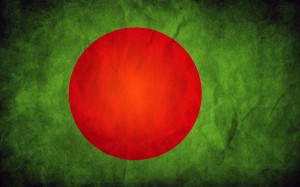It had to happen sooner or later. With Barbie and now Hannah Montana merchandise dominating the tween to early teenage market in Malaysia, products for young Muslim women in hijab are starting to appear, particularly on the bookshelves. And they look very pink.

The increasing pinkness of girl’s books can be directly connected to the uninterrupted rise of a global consumerist culture that worships Hollywood celebrity culture in Malaysia; from businesses that name themselves after American cities for prestige to the local edition of Cosmopolitan magazine that represents the arbiter of modern Malaysian female sexuality. And by following the lead of Barbie and Hello Kitty manufacturers’ lucrative use of the color pink, local book publishers do the same to gain a monopoly on young female readers.
Of course pinkness would not be complete without princesses. I’d like to point out here that although princesses have long been present in Malaysia, both in reality and in legend, none looks strikingly similar to a Disney princess as the female protagonist in Azian Aiman’s Sayalah Puteri Raja! (I’m the Princess Here!). Causing the most concern for me is its depiction of princesses as celebrities and objects of female envy, as revealed on the back of the book:
Zara steps out of the car and waves to a crowd that screams her name.
“Princess Zara! Princess Zara!”
“Oh, how beautiful she is! How wonderful it would be to be just like you, your highness!”
“I want to be like Princess Zara!”A cacophony of screams fill the already chaotic air. Is she witnessing a mass hysteria? Zara cannot hide her excitement at being the object of worship.

Now, I’m not the only one here who thinks that princesses make one of the worst kinds of role models. They’re expected to be beautiful, rescued by Prince Charming, and either acquire or inherit wealth and royal status patrilineally. But then, stories of princesses and other beautiful heroines make an obvious progression towards the Malay novel’s main theme: romance. The contemporary romance novel is pretty much the only form of Malay fiction writing one can read today. So pervasive is the Malay romance novel that it’s even taught in schools as ‘Malay literature’.
The stylish repackaging of the young adult novel is part and parcel of the mainstreaming of ‘Islamic culture’ aimed to reach out to younger Muslim Malaysians, but the appropriation of religious language in a narrative that celebrates fame and beauty needs to be seriously questioned especially when one is entitled, Saya Mahu Saiz S or “I want a Size S” by Ain Maisarah which is about, you guessed it, dieting and being thin. Also designed in pink, Saya Mahu Saiz S is written for a young readership and already it’s sending out narrow definitions of what is beautiful, acceptable, and feminine.
In Malaysia, there is no end to the litany of anti-Western sentiment aimed at the pop culture-loving Muslim youth. But none of this is directed at criticising the subtle and insidious world of Western-style consumerism that is slowly reshaping the definition of femininity. It’s not enough putting a hijab on a fair-skinned Disney princess-lookalike and say it’s uniquely Malaysian or even Islamic. This is something we’ve failed to be critical about. There is an unsettling undercurrent of hypocrisy and self-hatred that fuels the aspirations and consumption patterns in this country, and it’s high time that those are taken seriously.













